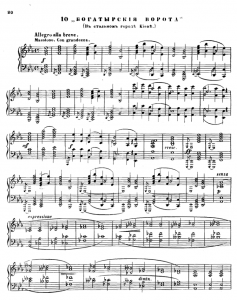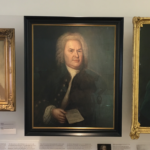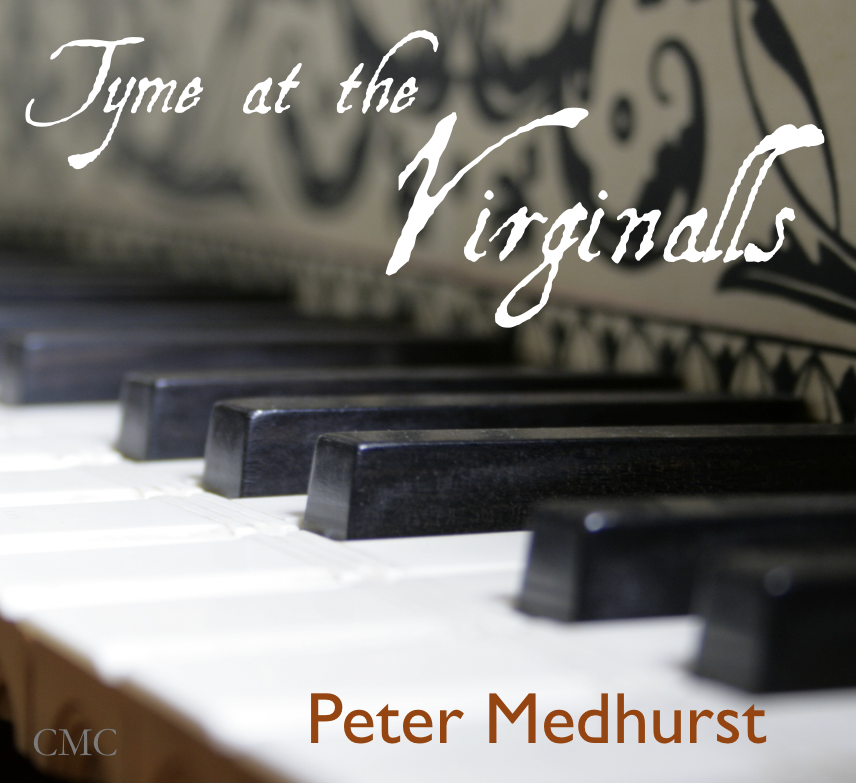Music Inspired by Paintings
& Paintings Inspired by Music

Overview of the study day
It has long been acknowledged that the worlds of the visual and aural arts link with extraordinary power when one medium inspires the other. This study day, which spans over 600 years of the arts, analyses and discusses a range of related works, bringing together the music of Martinů with the frescoes of Piero della Francesca, Botticelli’s Birth of Venus with Respighi’s Trittico botticelliano, Böcklin’s Isle of the Dead with Rachmaninoff’s symphonic poem, and Piet Mondrian’s Broadway Boogie Woogie with the piano playing of Albert Ammons.
The study day is presented with digital images, video, recorded music and live examples sung and played at the piano.
____________________________________
Sample timetable with content
10.30-11.30 – Session 1
After a brief introduction to the subject of ‘music inspired by paintings’, three paintings are discussed that have produced direct musical responses in famous composers. The couplings are these:
-
Music: M Mussorgsky – Pictures at an Exhibition (1874)
Painting: V Hartman – various paintings displayed in an exhibition in St Petersburg (1874)
-
Music: S Rachmaninov – Isle of the Dead, tone poem for orchestra (1908)
Painting: A Böcklin – Isle of the Dead (5 known versions of the painting 1880-6)
-
Music: O Respighi – Trittico Botticelliano (1927)
Paintings: S Botticelli – La Primavera (1482), Adoration of the Magi (1475), The Birth of Venus (1486)
11.30-11.45 – Break
11.45-1.00 – Session 2
The theme of music drawing inspiration from identifiable paintings continues with the following material:
-
Music: B Martinů – The Frescoes of Piero della Francesca (1955)
Painting: Piero della Francesca – Frescoes in Arezzo, Italy of The History of the True Cross (before 1466)
-
Music: F Liszt – Hunnenschlacht, tone poem for orchestra (1857)
Painting: W von Kaulbach – Hunnenschlacht (c1850)
Half way through this second session, the theme is reversed and before the lunch break, the subject of ‘paintings inspired by music’ is introduced. Peter Medhurst plays John Field’s Nocturne No 5 and Chopin’s Nocturne in Em Op 72 No 1 on the piano and discusses the use of the word ‘nocturne’ in the works of James Whistler.
1.00-2.15 – Lunch
2.15-3.30 – Session 3
The last session of the day explores the wealth of 19th and 20th century paintings that connect with specific musical works and musical genres. The following connections are made:
-
Painting: M von Schwind – Symphony (1852)
Music: L van Beethoven – Fantasia in C for Piano, Soloists, Chorus and Orchestra (1808)
- Painting: F Leighton: Lieder ohne Worte (exhibited 1861)
Music: F Mendelssohn – Lieder ohne Worte (1829-45) Leighton borrowed the title
-
Painting: W Kandinsky – Impression III – Concert (1911)
Music: A Schoenberg – Three Piano Pieces Op 11 (1909)
- Painting: P Mondrian – Broadway Boogie Woogie(1942-3)
Music: Selection of Boogie Woogie music from the late 1930s and early 1940s
____________________________________
Sample Subject
Pictures at an Exhibition by Mussorgsky, 1874
 Arguably the most famous bringing together of the worlds of Art and Music, is Mussorgsky’s Pictures at an Exhibition, a work written for piano in 1874, and inspired by an exhibition of paintings by Mussorgsky’s friend Viktor Hartmann, who had died from an aneurysm in the previous year. Mussorgsky along with others in Russia’s artistic world mourned the sudden death of the young artist; and it was the art critic Vladimir Vasilievich Stasov who helped organise an exhibition of over 400 of Hartmann’s works in the Academy of Fine Arts in St Petersburg, in February and March 1874.
Arguably the most famous bringing together of the worlds of Art and Music, is Mussorgsky’s Pictures at an Exhibition, a work written for piano in 1874, and inspired by an exhibition of paintings by Mussorgsky’s friend Viktor Hartmann, who had died from an aneurysm in the previous year. Mussorgsky along with others in Russia’s artistic world mourned the sudden death of the young artist; and it was the art critic Vladimir Vasilievich Stasov who helped organise an exhibition of over 400 of Hartmann’s works in the Academy of Fine Arts in St Petersburg, in February and March 1874.
 Mussorgsky lent the exhibition various items from his personal collection of Hartmann’s works and then went along to view the show in person. Fired by the experience, he composed his famous Pictures at an exhibition in 6 weeks, basing his music on 10 drawings and watercolours produced by the artist.
Mussorgsky lent the exhibition various items from his personal collection of Hartmann’s works and then went along to view the show in person. Fired by the experience, he composed his famous Pictures at an exhibition in 6 weeks, basing his music on 10 drawings and watercolours produced by the artist.
In this piece Stasov remarked Mussorgsky depicts himself “roving through the exhibition, now leisurely, now briskly in order to come close to a picture that had attracted his attention, and at times sadly, thinking of his departed friend.”
The music, then, depicts an imaginary tour of an art collection, and is top of the list for most people as far as ‘music that has been inspired by paintings’, is concerned.
(right) Plan for a City Gate in Kiev (1869) – V Hartmann
(left) The Great Gate of Kiev from Pictures at an Exhibition (1874) by M Mussorgsky
The following is a list of musical works that have been inspired by specific works of art. It is followed by a contrasting list of paintings that have been inspired by identifiable pieces of music
Plan for a City Gate in Kiev (1869) – V Hartman (left)
The Great Gate of Kiev from Pictures at an Exhibition (1874) by M Mussorgsky (right)
Music inspired by paintings
Music: M Mussorgsky – Pictures at an Exhibition (1874)
Painting: V Hartman – various paintings displayed in an exhibition in St Petersburg (1874)
Music: S Rachmaninov – Isle of the Dead, tone poem for orchestra (1908)
Painting: A Böcklin – Isle of the Dead (5 known versions of the painting 1880-6)
Music: P Hindemith – Mathis der Maler, opera (1932-5)
Painting: M Grünewald – Isenheim Altarpiece (1506-15)
Music: O Respighi – Trittico Botticelliano (1927)
Paintings: S Botticelli – La Primavera (1482), Adoration of the Magi (1475), The Birth of Venus (1486)
Paintings inspired by music
Painting: M von Schwind – Symphony (1852)
Music: L van Beethoven – Fantasia in C for Piano, Soloists, Chorus and Orchestra (1808)
Painting: M von Schwind – Fremd bin ich eingezogen (1859)
Music: F Schubert – Opening song of Winterreise (1827-8)
Painting: F Leighton: Lieder ohne Worte (exhibited 1861)
Music: F Mendelssohn – Lieder ohne Worte (1829-45) Leighton borrowed the title
Painting: P Mondrian – Boogie Woogie (1942-3)
Music: The general influence of Boogie Woogie from the late 1930s & early 1940s




![The Scotish [sic] Gigg](https://petermedhurst.com/wp-content/uploads/2012/08/Peter120813untitled-shoot-2.jpg)